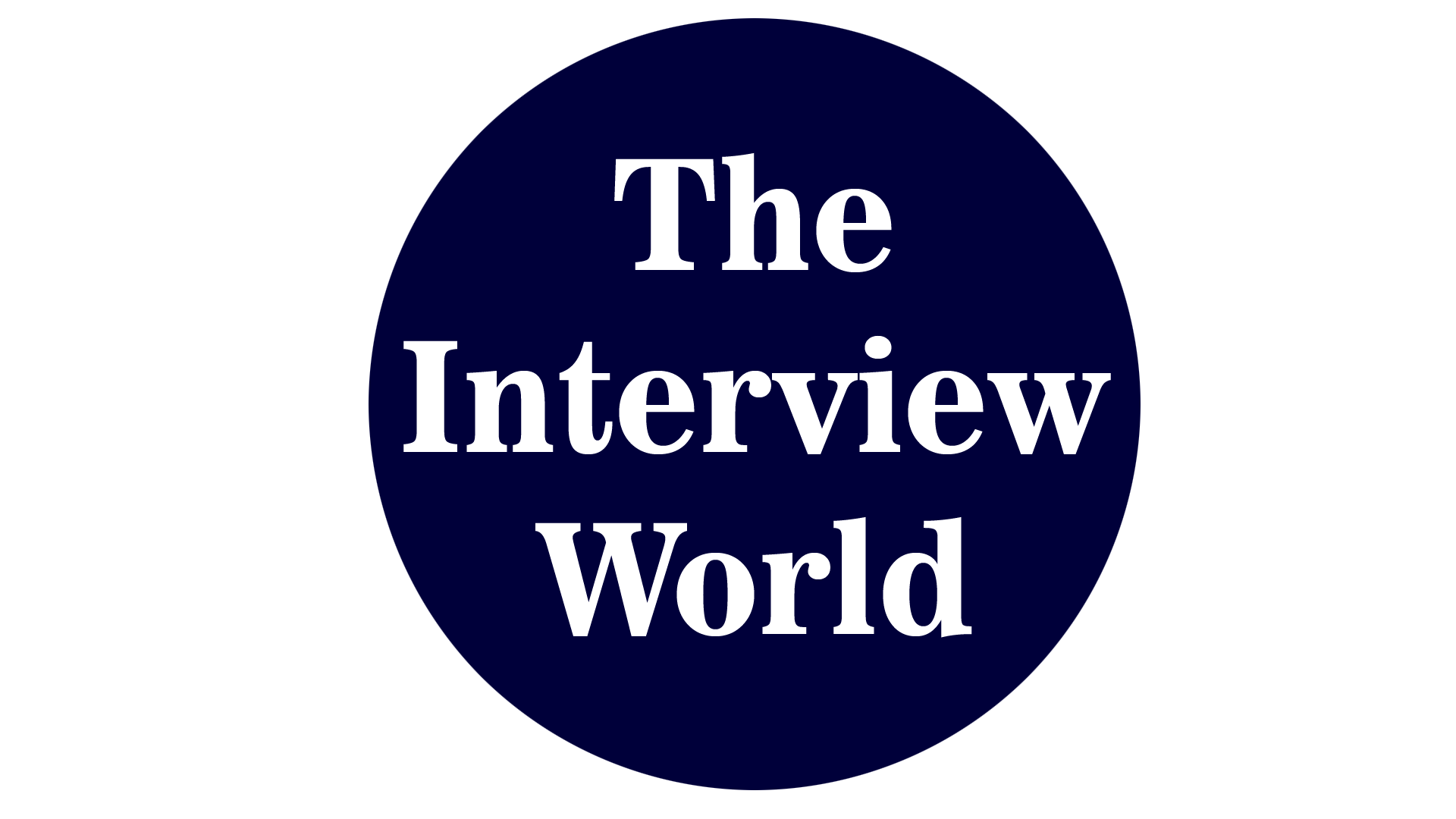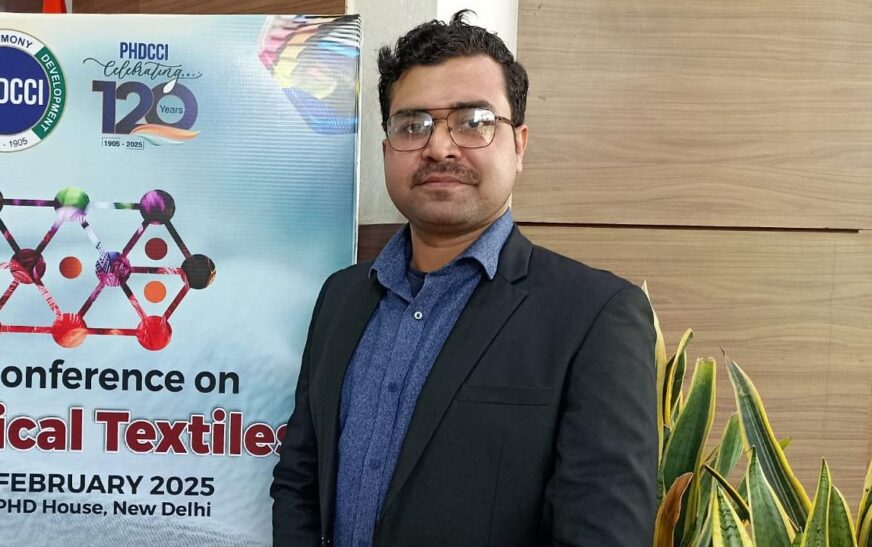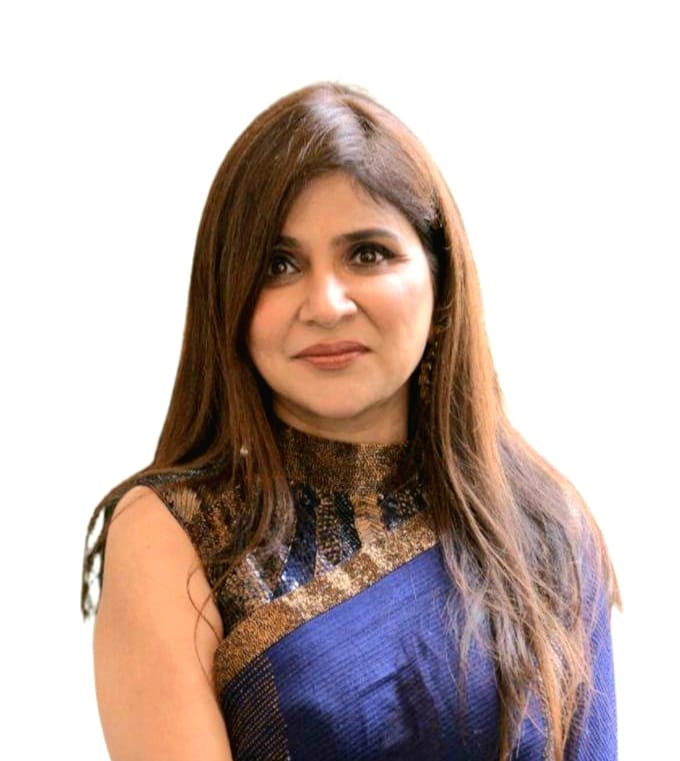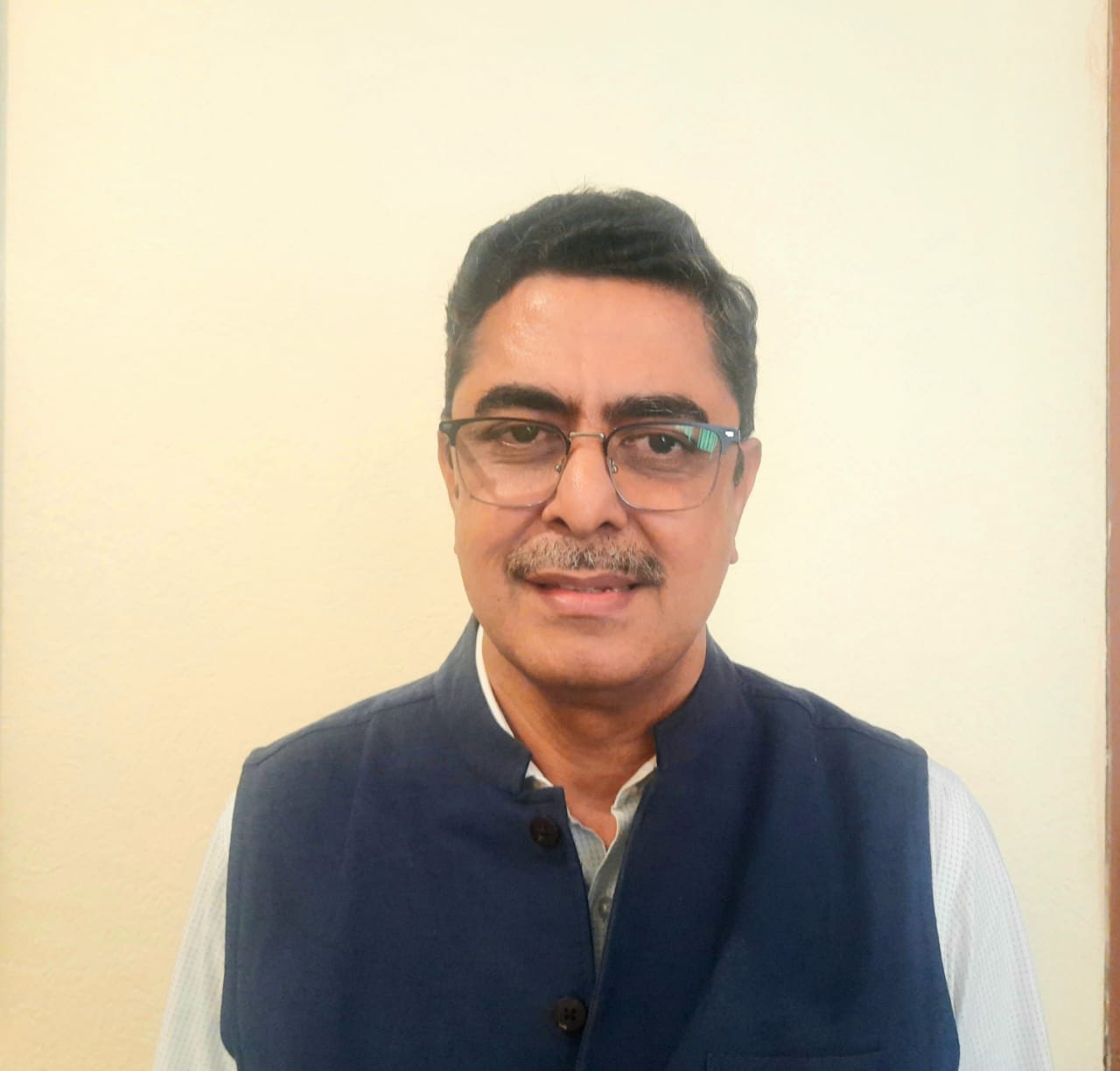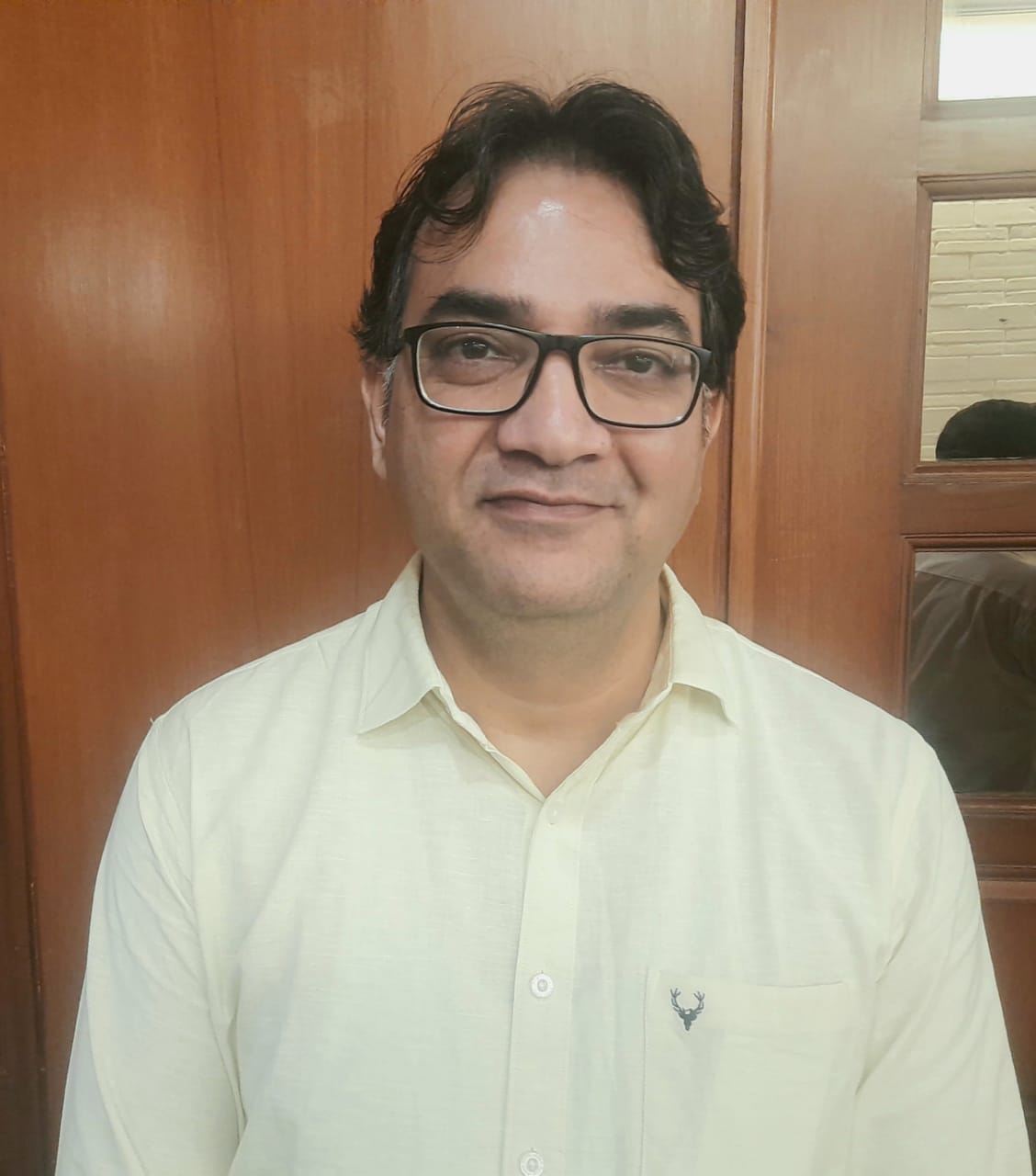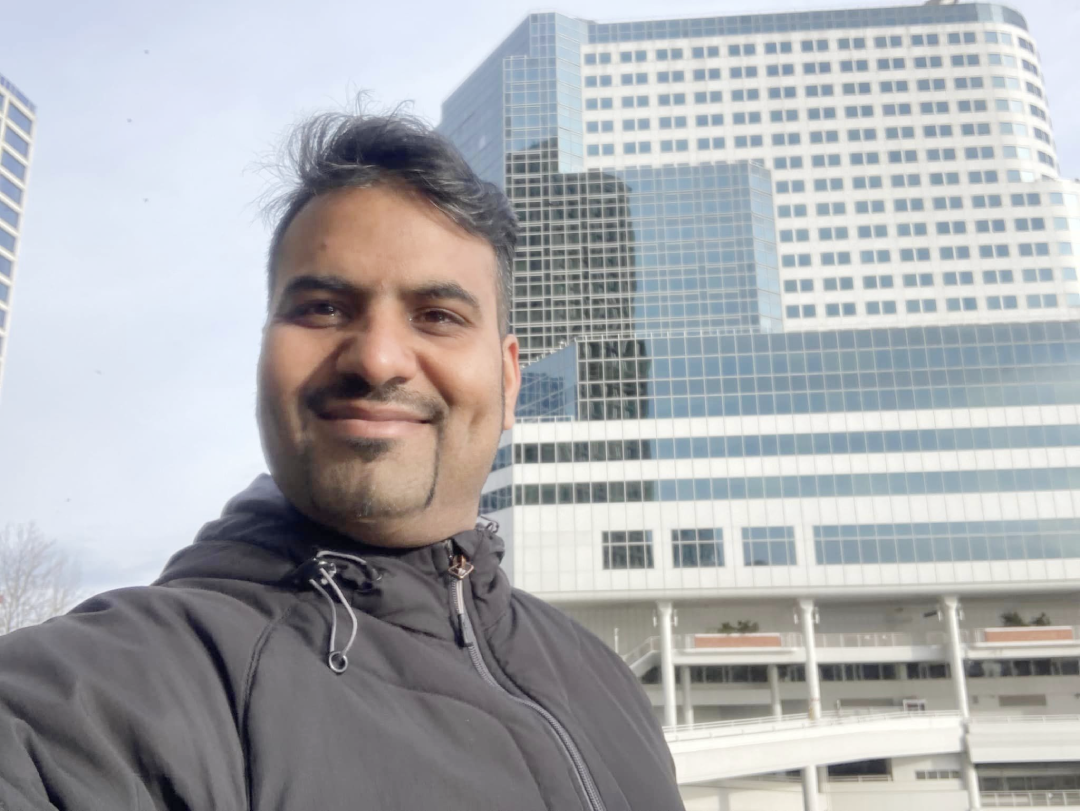Founded in 2019, Fabiosys Innovations is a deep-tech healthcare startup incubated at IIT Delhi. The company is at the forefront of developing cutting-edge antimicrobial medical textiles designed to strengthen infection control in healthcare environments.
At the heart of its innovation is Fabium™, a high-performance, cost-effective medical textile that eliminates 99.9% of bacteria and viruses within just 30 minutes. In stark contrast to conventional antimicrobial fabrics that take up to 24 hours to suppress microbes, Fabium™ delivers rapid, game-changing protection. Free from formaldehyde and metal nanoparticles, the fabric eliminates risks of toxicity and skin irritation, making it safer for prolonged use. Moreover, it meets ASTM D737 standards for air permeability, ensuring superior breathability—essential for applications like masks and PPE coveralls.
Driving this breakthrough is a team of elite engineers from IIT Delhi, renowned clinicians from AIIMS Delhi, and seasoned medical professionals from across India’s healthcare landscape. Together, they are on a mission to elevate clinical outcomes nationwide.
Fabiosys Innovations has secured backing from prestigious institutions, including the Department of Biotechnology, the Office of the Principal Scientific Advisor to the Government of India, IIT Delhi, and FITT. Its disruptive potential earned recognition as one of the most promising startups at IIT Delhi Alumni Faculty & Startup Awards 2021, an accolade that underscores its impact.
Challenging the notion that superior medical products must come at a premium, Fabiosys envisions making infection-proof textiles as accessible and affordable as a bar of soap. With an ambitious plan to scale Fabium™ manufacturing within India, the company is set to reshape the landscape of infection control.
In an exclusive comversation with The Interview World at the 2nd Conference of Technical Textiles, organized by PHDCCI, Yatee Gupta, Founder & CEO of Fabiosys Innovations, delves into the groundbreaking innovations behind Fabium™, explains how the company fast-tracks its journey from research to commercialization, and shares his vision for the future. Here are the key takeaways from his insightful conversation.
Q: Could you elaborate on Fabiosys’ key innovations to date? Can you share specific use cases where your solutions have been successfully implemented?
A: We founded Fabiosys in 2019 with a clear mission—to establish a pioneering brand in medical textiles. In India, numerous solutions exist for antimicrobial and anti-odor protection, tackling bacterial contamination in various ways. However, no single company offered a comprehensive platform where hospitals could procure a full range of protective medical consumables. By “protective gear,” we don’t just mean masks and PPE; we refer to all critical medical consumables used in hospitals. Fabiosys was born out of the urgent need to combat hospital-acquired infections (HAIs).
During our early discussions with surgeons at AIIMS Delhi, our research team at IIT Delhi collaborated with them to explore ways to reduce HAIs in critical settings like ICUs and operating rooms. We discovered that integrating high-performance antimicrobial fabrics into surgical procedures could significantly lower infection rates. Clinical trials in countries such as Israel had already demonstrated the effectiveness of this approach.
With this insight, we committed ourselves to rigorous research. After four years of development, we created a breakthrough fabric—Fabium™, a patented innovation. Its unique formulation eliminates over 99.9% of bacteria, viruses, and fungi within just 30 minutes. This rapid action is crucial, as bacteria typically multiply within 20–30 minutes. By neutralizing pathogens before they replicate, we can prevent infections at their source.
Fabium™ plays a critical role in surgical environments, where even a single bacterium can trigger a severe infection. In extreme cases, such infections necessitate repeat surgeries, prolonged antibiotic treatments, and increased antimicrobial resistance (AMR)—a growing global health crisis. Given the alarming rise in AMR, our goal with Fabium™ is to disrupt this cycle and prevent infections before they take hold.
Fabium™ is not just a fabric—it’s a platform technology. Our core innovation lies in a proprietary antimicrobial formulation, which we integrate into nonwoven, woven, and knitted fabrics using specialized processes. For nonwoven materials, we introduce the formulation through master batches. In woven and knitted fabrics, we employ a modified dip-and-dry cure method, ensuring deep penetration into the yarns and fibers.
Once the fabric is ready, we collaborate with MSMEs to transform it into essential hospital garments. The most in-demand application is surgical drapes—used universally in every operation. Other critical applications include surgical gowns, bedsheets, and additional hospital textiles. Imagine a patient in an operating room, surrounded by fabric-based medical supplies. Every fabric in that environment presents a potential risk—or an opportunity to prevent infections.
The urgency of this issue cannot be overstated. Surgical site infections (SSIs) are rising alarmingly each year. Just last week, ICMR released a report confirming that India has the highest SSI rates among developing nations. This isn’t merely a challenge—it’s a public health crisis. At Fabiosys, we are committed to addressing this crisis head-on, ensuring hospitals have access to advanced infection-resistant textiles.
The future of medical textiles isn’t just about protection—it’s about prevention. And that’s precisely what we are delivering.
Q: Do you have any plans to integrate your antimicrobial solutions with green electronics? If so, how do you envision this synergy enhancing sustainability and functionality?
A: We haven’t explored this yet, but we remain open to possibilities. Medical textiles and applications play a crucial role in healthcare, aligning seamlessly with our expertise. Given our existing relationships with hospitals, this synergy presents a compelling opportunity.
Hospitals would likely show great interest if we could engineer medical products from everyday fabrics. If technical textiles find viable applications in India, the demand will be immense.
Q: How does your company accelerate the journey from research and testing to commercialization, ensuring a faster go-to-market compared to competitors? What’s the typical timeline?
A: The medical textiles sector presents both immense opportunities and significant challenges. The good news is the market’s vast potential—healthcare affects every individual, making India’s 1.4 billion population a substantial consumer base. However, the complexity of medical textiles stems from their classification as medical products, not fast-moving consumer goods (FMCG). This distinction necessitates stringent regulatory compliance and rigorous testing.
For instance, bringing our product from proof of concept to clinical validation took four years. Developing an antimicrobial textile goes far beyond simply infusing a chemical into fabric at a specific dosage. Many assume this process is straightforward, but regulatory requirements add multiple layers of complexity. The most critical concern is biocompatibility. Medical textiles must be safe for diverse patient groups, from premature infants to elderly individuals, each with distinct skin sensitivities. Ensuring that our fabric causes no irritation, rashes, or adverse reactions was a major challenge.
Beyond biocompatibility, several other factors required meticulous attention. Aesthetic appeal is crucial in textiles, but so is breathability, ensuring comfort for prolonged use. Physical durability—resistance to abrasion and wear—also plays a key role. Most importantly, medical fabrics must withstand repeated sterilization. Unlike home laundering, hospital-grade textiles undergo autoclaving at 121°C, a far more rigorous process. Designing a finish that retains efficacy across multiple sterilization cycles took extensive research and development.
We anticipated these challenges early on, thanks to ongoing collaboration with doctors who outlined critical performance criteria. Leveraging my background in material science and Professor Samrat’s expertise in textiles, we integrated insights from clinical professionals to develop a viable solution. This interdisciplinary approach ultimately led to the breakthrough.
Once we perfected the formulation, scaling up production presented another challenge. Academic research often demonstrates efficacy on small fabric samples, but industrial-scale production demands uniformity across thousands of meters. Initially, chemical distribution was inconsistent—some areas had excessive concentrations, while others had none. Achieving consistent application required advanced chemical engineering techniques to ensure strong molecular bonding while maintaining high antimicrobial effectiveness.
With a stable fabric developed, we needed to confirm its safety. Partnering with the South India Textile Research Association (SITRA) and guided by Professor Prakash Vasudevan’s referral, we conducted biocompatibility testing on New Zealand white rabbits. The results showed no signs of erythema or edema—no skin irritation or swelling—validating the fabric’s safety.
This milestone paved the way for commercialization. The Department of Biotechnology and Pfizer supported us through CSR grants for patent and trademark filings. With regulatory and safety hurdles cleared, we shifted focus to product development, identifying high-demand applications with strong market adoption potential.
Engaging with AIIMS Delhi, we initiated pilot programs in major hospitals. Our fabrics have also been sent to international hospital chains for evaluation, receiving encouraging feedback from medical professionals eager to adopt our technology. However, hospital procurement introduces additional challenges, particularly in navigating the tendering process. We are actively addressing legal requirements and competing with traditional medical textiles, aiming to establish our position in the supply chain.
Despite the complexities, our journey underscores the transformative potential of technical textiles in healthcare. By combining scientific innovation with industry collaboration, we are not just developing products—we are redefining standards in medical textiles.
Q: Where do you envision your business in the next 5 to 10 years, and what key milestones do you aim to achieve during this period?
A: Right now, we have the capability to produce over 100 products from this fabric. However, as an R&D-driven company at our core, we aim to expand into additional categories.
Specifically, we see significant potential in hygiene and medical textile applications. I am particularly bullish on the medical segment, given the rapid growth of India’s technical textiles sector, backed by strong government support. This rising industry, coupled with India’s increasing preference as a sourcing destination over China—due to both quality concerns and geopolitical factors—positions us well for expansion.
Leveraging these advantages, we are intensifying our R&D efforts in medical textiles. Our goal is to introduce a wide range of products catering to both hospitals and home healthcare. By enabling direct consumer access to medical-grade textiles, we can bypass traditional hospital procurement channels, making essential products more accessible. We are actively working on multiple innovations in both segments and are committed to continuously launching new solutions.

